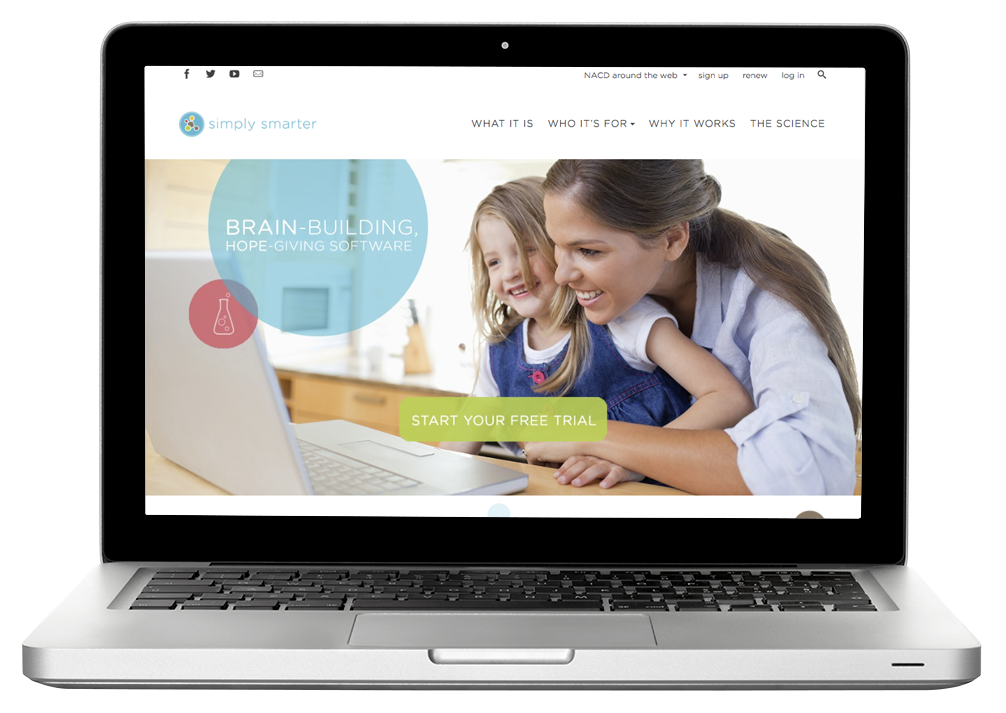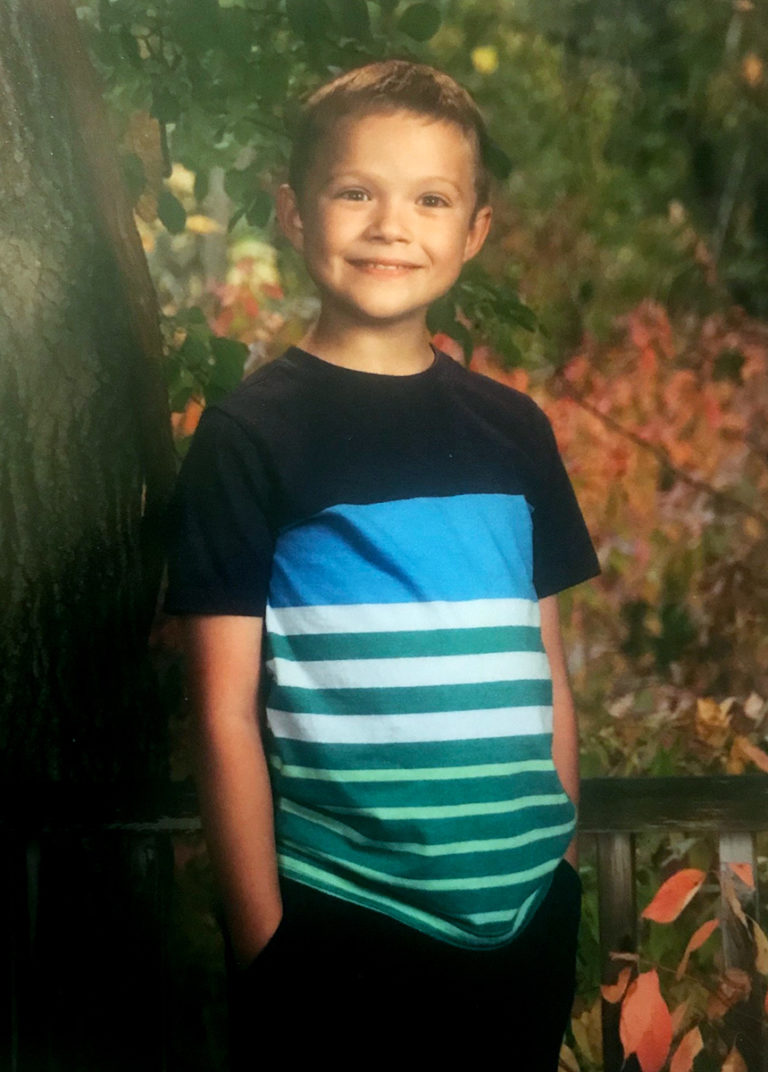My Greatest Discovery – How to Make Everyone Smarter
by Bob Doman
 These COVID-19 Coronavirus times have certainly turned many of our worlds upside down. We now virtually have a world full of homeschoolers; more parents are at home with their children than at any time in the history of the world. Exceptional times and exceptional circumstances can also result in exceptional opportunities. Many of us are rediscovering and redefining basic things like family, work, school, and our relationship to institutions and society. I would like to talk with you about redefining potential and intellect and how while you are all at home, you have the potential to change the lives of every member of the family.
These COVID-19 Coronavirus times have certainly turned many of our worlds upside down. We now virtually have a world full of homeschoolers; more parents are at home with their children than at any time in the history of the world. Exceptional times and exceptional circumstances can also result in exceptional opportunities. Many of us are rediscovering and redefining basic things like family, work, school, and our relationship to institutions and society. I would like to talk with you about redefining potential and intellect and how while you are all at home, you have the potential to change the lives of every member of the family.
I would like to share a personal story. I grew up in a family of pioneers in human development. My father, a physician, and my uncle, a physical therapist in the ‘50s, worked with brain injured children and discovered that with the proper stimulation, healthy parts of the brain could learn to carry out the functions of damaged areas of the brain. This was ground breaking work that was originally seen as heretical, but is now after decades universally accepted. Changing perceptions is not an easy task, as I can certainly attest to after fifty years of trying to do it.
When I started studying psychology in the sixties, I had a tremendous advantage over others studying and working in the field. I came to understand that all development was possible through this amazing mechanism called neuroplasticity. If you understood neuroplasticity, development was no longer such a great mystery. The brain changed and developed as a reflection of specific stimulation, not because it just got older. Armed with this understanding, I looked at the brain as dynamic, changing, and most significantly, as changeable.
One area of early interest for me was learning and memory. At that time it was just beginning to be understood that there were various components of memory. Memory was being broken down into short-term memory, working memory, and long-term memory. The focus was on testing it and looking for correlations between these pieces and how people learned and functioned. At that time and for decades, the worlds of psychology and education did not have a perception that you could actually help develop or change memory; and even today, they are not really working to do that. My perception, based on an understanding of neuroplasticity, was that these components of memory didn’t just pop up as adult abilities, but they developed; and what developed changed; and what changed was changeable. I set out to understand all of these pieces and to find ways to change, develop, and accelerate that development.
Decades later I am proud to say that we have developed a great understanding of all of these foundational pieces that we now lump together and refer to as “processing.” Armed with this knowledge and the tools we have developed, we have helped change many thousands of lives. Improving these pieces of auditory and visual short-term memory and working memory is quite simply making people smarter. From our first software that ran on a Commodore Pet computer with a cassette drive in the early eighties, to the Brain Builder software in the nineties, to the present online Simply Smarter program and many dozens of one-to-one activities, we are working to change lives. From brain damaged individuals to those on the autism spectrum, to those with learning and attention issues, to typical children and adults, we can build all of these foundational pieces of memory that literally have the potential to make everyone smarter.
At NACD we work with “whole children,” designing home based comprehensive programs that address everything from a child’s sleep and behavior to how they walk and do algebra, including innovative comprehensive homeschool/home-based educational programs. But there is something that in one way or another is on every child’s program, and that is processing activities.
We are fortunate that we can work via Skype with any family in the world who has Internet access and give them the tools designed to develop and improve their brains. Today everyone doesn’t need to come to NACD to work on their processing. You can take advantage of this expertise and go online and in about fifteen minutes a day put together the pieces that can help you and your children work to become smarter. The tool that is available to you is our Simply Smarter program, a tool that your children can use all by themselves!
Let me help you understand what this all really is and what it can mean for you and your family.
What is “smart?” Can you define it? Do you think you would like your kids to be smarter? How about you?
You can define “smart,” possibly, but even more so, you probably know it when you see it. Smart has to do with being present, being aware, being able to take in and process a lot of information, being able to manipulate that information, think with complexity, put ideas together, focus, and communicate.
Smart doesn’t necessarily mean knowing that the capitol Nevada is Carson City, or that Sir Walter Raleigh was beheaded, or that the First World War ended on November 11, 1918, or what your bile duct does, or that “or” is a conjunction. But smart does mean that you are more likely to find such things interesting and you can learn them more easily than most. Knowing “stuff” doesn’t make you smart. (You are going to actually forget most “stuff” unless you are smart enough to make associations and connections between “stuff” and use it.) And smarter also means that it’s easier to understand and learn everything.
What is the foundation of “smart?”
The foundation of smart is the ability to process and take in a lot of information that you see and hear and to manipulate that information and think.
The more you can process and take in what there is to be heard, the stronger your auditory short-term memory. Your auditory short-term memory provides the fuel for the development of your auditory working memory, which is how many pieces or words you can hold together and manipulate, which equals your complexity of thought, or “smart.” How many pieces of visual information you process from what you see, whether from observation of your world or from reading, relates to your visual short-term memory; and as with auditory processing, your visual short-term memory provides the pieces you use to create your visual working memory and visual-spatial abilities. These fundamental, foundational pieces ultimately determine how much information you take in and use, which translates to how much knowledge you gain and your complexity of thought. All this equals “smart.”
How does processing “smart” develop?
Processing develops primarily from birth to about seven years. The rate and degree it develops is a reflection of the targeted stimulation and opportunities that you receive. In general the more quality one-to-one interaction between a child and an involved adult, the faster and the further it develops. The more enriching the environment, the faster and the further it develops. With specific targeted input designed to build processing skills, processing not only can be accelerated, it can be developed to superior levels.
When does the development of processing abilities stop?
Without specific intervention, the development of processing abilities almost comes to a halt at about seven years of age. From seven into our twenties, it typically develops perhaps another ten to fifteen percent; and after our twenties, without specific intervention it goes into a slow decline. You can continue to learn more, but your ability to do so declines, as does your ability to manipulate the information. As you continue to learn, you can become wiser, but not necessarily smarter, unless you are stretching your processing through complex cognitive activities or actively working to preserve or develop it.
How can you build processing ability and get smarter?
Everyone, from infant to geriatric, with input that is targeted to them, can incrementally build and improve processing ability and get smarter. We at NACD have been developing methodologies and improving processing abilities for the full spectrum of children and adults for over forty years. NACD designs specific processing programs for families who are members of NACD and who wish to utilize comprehensive developmental and educational programs designed so that they can be implemented in the home by parents and caregivers. But as mentioned earlier, NACD also has developed a very comprehensive targeted program for all children five years old and older and for adults up to and including seniors—Simply Smarter.
What is Simply Smarter?
The Simply Smarter program is a dynamic online system that constantly develops and modifies itself, adapting to the individual user to help produce maximum change. Specific activities work progressively to address focus, attention, intensity, auditory and visual short-term and working memory, visualization, conceptualization, and visual-spatial abilities, all of the pieces that help make everyone learn, think, and function better. The program first assesses your baseline and then builds from there, tracking and graphing progress. It has the capability of adjusting from basic levels of a child to levels of incredible function.
What can you do with children under five?
Children at or functioning under five years of age generally need specific one-on-one activities that are designed as part of NACD’s individualized programs. But in addition children from toddlers to five years old can use NACD’s Cognition Coach apps to build processing skills.
How long does it take to get smarter?
With motivation and consistent use, measurable changes can occur in a couple of weeks; and with continued use of Simply Smarter, virtually unlimited improvements are possible. Over the course of the present lockdown, you have the potential to produce a significant change.
Who has used Simply Smarter and what have the results been?
The range of those who have used NACD’s processing activities and Simply Smarter is as broad as the population. NACD’s Simply Smarter and other processing programs have been used by thousands of typical and gifted children and adults, those with learning and attention issues, as well as those with significant developmental issues such as autism spectrum disorder, Down syndrome, and brain injuries. Most everyone working on our comprehensive home based programs not only knows about processing, but is actively working on processing every day and understands the correlation between their child’s processing and global function and abilities. We have seen exceptional changes along the path of many thousands of children’s development and are continually heartened as we see their potential being redefined. Processing is a huge key to success and potential.
Please take this opportunity to change your child’s life trajectory. My mission in life has been to help change the perception of potential and to help develop the tools to do it. Today with more parents and children at home than ever before, I see this as a unique chance to change many lives and potentially change the perception of what can be.
To read an incredible testimonial from a couple about Simply Smarter and see what incredible things even a child can do, please read the following article and watch the video.



